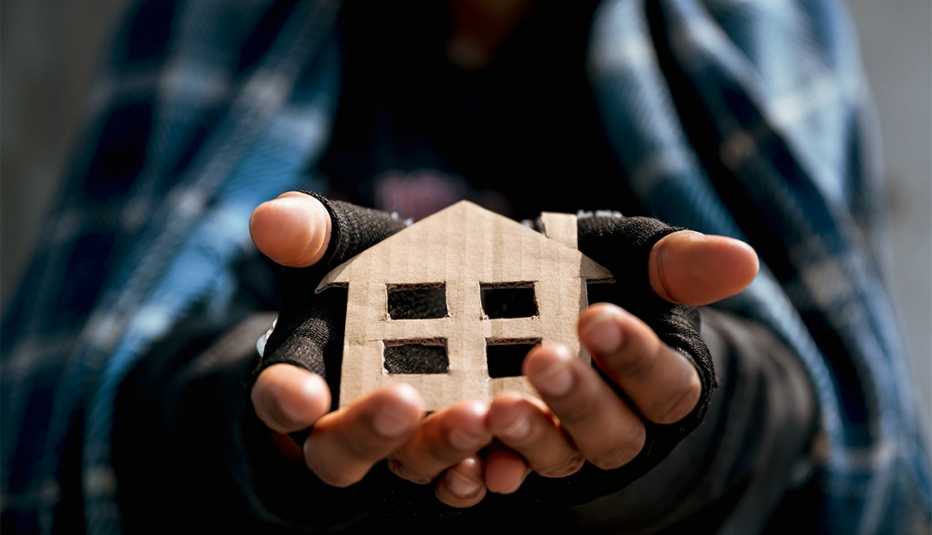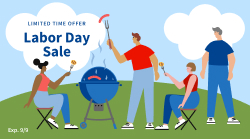AARP Hearing Center
Without a place to hang his hat, Jason Rozelle, 57, started sleeping in his Nissan Infiniti last summer. In the middle of upscale Olathe, Kansas, Rozelle was homeless.
He parked overnight at a gas station, and during the day scanned job listings on his laptop at the library. He has applied for “at least 100” positions without luck. Using food stamps, Rozelle bought Walmart chicken sandwiches or heated ramen noodles in the gas station microwave. A church gave him $20 a pop for gas, and sometimes food.
Rozelle is a prime example of what experts warn is an alarming phenomenon: The number of older Americans without a permanent roof over their heads is growing.
Elder homelessness “is increasing dramatically right now,” says Jeff Olivet, executive director of the U.S. Interagency Council on Homelessness. “Seniors over the age of 55 are likely the fastest-growing group of people experiencing homelessness … and for many of them, it is first-time homelessness.”


Homelessness Among Older Adults
Find out more about the crisis of the unhoused and how to help:
Meet 4 Older Adults Who Survived Homelessness: People who went from the streets or shelters to a permanent address.
Housing Resources & Help for the Homeless: Federal, state and local resources for those who are unhoused and those who want to help.
The reasons are complex. As the population ages, more people are at risk of poverty, more will survive the death of a partner and more will subsist on limited incomes while housing costs skyrocket in many communities. Pandemic housing protections and assistance have mostly expired.
In addition, many people with stagnant incomes are of retirement age or working part-time, hourly jobs or positions with little potential for raises, Olivet says.
The growing number of people without a place to live, across all ages, is so significant that on Dec. 19 President Biden released a federal strategic plan to reduce homelessness by 25 percent by 2025. The plan, created by the U.S. Interagency Council on Homelessness, will address a lack of affordable housing, help people in crisis and prevent people from losing their homes in the first place. And it pays particular attention to those who are most seriously affected — people of color, veterans, those who are disabled and older adults.
“There’s been a creeping trend over the last several years where we’re seeing many more older adults” who are homeless, says Richard Cho, senior adviser for housing and services at the U.S. Department of Housing and Urban Development (HUD). From 2009 to 2017, the number of homeless people ages 51 to 61 grew from 14 percent of the homeless population nationally to close to 18 percent, Cho says. The percentage of people 62 or older that are homeless nearly doubled. And a 2019 study by University of Pennsylvania researchers and others that analyzed the populations of shelters in New York City, Los Angeles and Boston predicted by 2030, the number of people 65 and older who are homeless will nearly triple compared with 2017.
The faces behind the trend lines include the chronically homeless from the younger half of the boomer generation, long the dominant group among unhoused adults. In 1990, on average they were 30 years old; today their average age is 62. Other faces belong to people tossed out of homes and apartments for the first time, says Alan Banks of Friendship Place, a homeless services provider in Washington. These people, he says, often experience a “total shattering of their life.”
No place to stay
Economics, in part, explains what plunges people into dire straits.
Earlier this year rent and home prices skyrocketed and the country endured the highest inflation in 40 years. That’s on top of a longtime shortage of affordable housing in the U.S. — a crunch that has a disproportionately negative impact on older adults, says Rodney Harrell, vice president of family, home and community for AARP. “We just don’t have enough housing options, particularly for folks with lower incomes,” he says.








































































